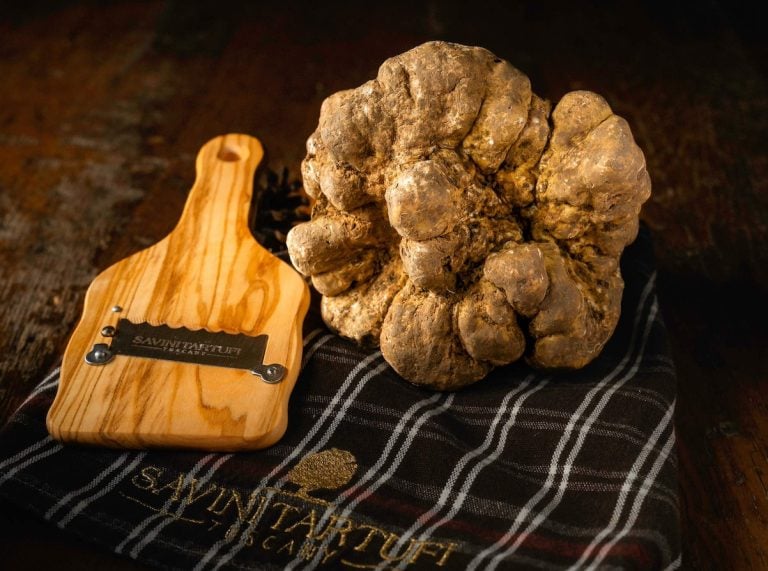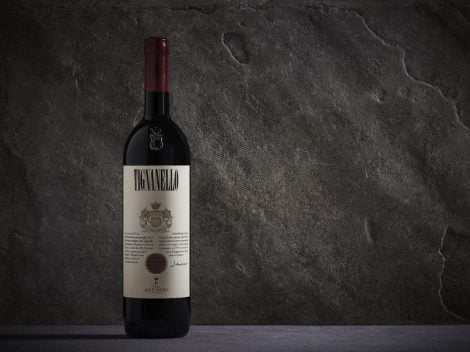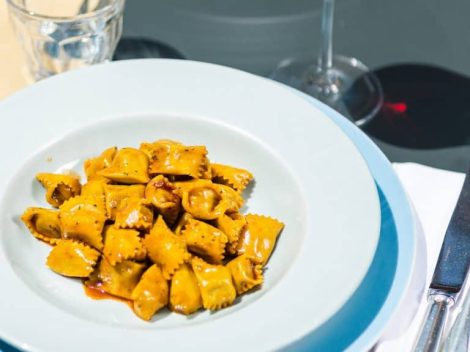We’re continuing on the topic of weaning with Professor Gian Vincenzo Zuccotti, Director of Pediatrics Dept. of Ospedale dei Bambini Vittore Buzzi and full Professor of Pediatrics at Università degli Studi in Milan. After a first article on this topic today we’re digging deeper and investigating the role of meat during this crucial growth phase. We also have a recipe suggested by chef Marco Martini, created in honor of his 7-month daughter Vittoria.
Is meat important during weaning?
Thanks to its nutritional properties, meat is one of the first foods fed to complement an infant’s diet. Meat is rich in protein, Vitamins and minerals. Main Vitamins contained in meat belong to the B group, in particular B12 which is essential for proper psychomotor development. Minerals contained in meat include iron and zinc, which are both essential for cognitive development and other important functions.
How to conduct vegetarian weaning?
If well planned and balanced, vegetarian weaning can be nutritionally adequate. There are critical nutrients, like for example Vitamin B12 which are biologically active only in animal-based foods. It is therefore recommended to provide this Vitamin supplement during a vegetarian or vegan diet in whatever stage of the life cycle. As far as iron and zinc, vegans and vegetarians can supply adequate levels of it provided their diet be balanced and includes vegetables that are naturally rich in these minerals, or eat fortified foods. There are numerous nutritionally valid plant-based alternatives to meat. For example legumes, which are rich in biologic protein as well as iron and zinc. During vegetarian weaning, the first solid food can be pureed legumes (like red lentils or cannellini beans). In this case specialists suggest integrating this with cereals and more legumes in order to compensate any missing amino acids in both foods and thus assure a complete amino acid asset. In addition to legumes, another valid vegetal alternative to meat is soy and its derived products, like for example tofu, which too can be added to the infant’s first solid meals.
How to conduct vegan weaning?
The vegan or “complete vegetarian” regime calls for excluding all products originating from animals, so besides meat and fish, also milk and dairy. Vegan weaning may be nutritionally adequate as long as well-planned and as long as attention be given to the same guidelines suggested for vegetarian weaning. Vitamin B12 supplements are crucial, as is feeding foods naturally rich in iron, zinc, calcium and Vitamin D. In addition to this a cereal and legume integration for a complete supply of amino acids.
Marco Martini's recipe
The chef of The Corner in Rome recently became a dad, and he is negotiating the second month of his daughter’s life. What are your nutrition choices with her? “My life partner Paola and I are directing Vittoria towards a healthy nutrition, without setting too many limits. That is, just like we decided not to baptize her, it will be up to her and her decision alone what she will eat in the course of her life. We don’t want to impose any strict eating regime, least of all vegetarian or vegan”. In regards to eating meat, there are lots of choices to make as parents, in the first place which meat to choose. “We are so fortunate, Vittoria’s grandfather, that is my father Giuseppe, breeds chickens, rabbits, lamb, squab and ducks. We make our own baby food with his animal products. Prime quality, uber local ingredients sourced only 12 km from home, where my father's farm is”.
Chicken and vegetable baby food
180/200 ml vegetable broth
20/30 g chicken
Seasonal vegetables (like zucchini)
1 tsp Parmigiano Reggiano
3 or 4 tbsp semolina
1 tbsp extra virgin olive oil
Debone the chicken, remove fatty parts and mince. Prepare a vegetable broth in which the chopped chicken meat will simmer, adding seasonal vegetables to the pot. Place the cooked chicken in the baby food processor, add the cooked and pureed vegetables with a thread of olive oil, grated Parmigiano Reggiano and cooked semolina. Lunch is ready!
The Corner | Rome | viale Aventino, 121 | tel. 06 45597350 | www.thecornerrome.com
by Annalisa Zordan
translated by Eleonora Baldwin
Food education, flavor and weaning
First meals and a recipe by Entiana Osmenzeza



 It’s official: China joins the International Organisation of Vine and Wine
It’s official: China joins the International Organisation of Vine and Wine How and where to buy white truffle from Alba at a fair price: tips from an expert
How and where to buy white truffle from Alba at a fair price: tips from an expert The Italian wines with the best value for money: here are the National awards from Berebene 2025 guide
The Italian wines with the best value for money: here are the National awards from Berebene 2025 guide Where to eat in Venosa, the home of Aglianico del Vulture
Where to eat in Venosa, the home of Aglianico del Vulture Brunello vs all: the Tuscan DOCG secures leadership in the luxury market in the US
Brunello vs all: the Tuscan DOCG secures leadership in the luxury market in the US






